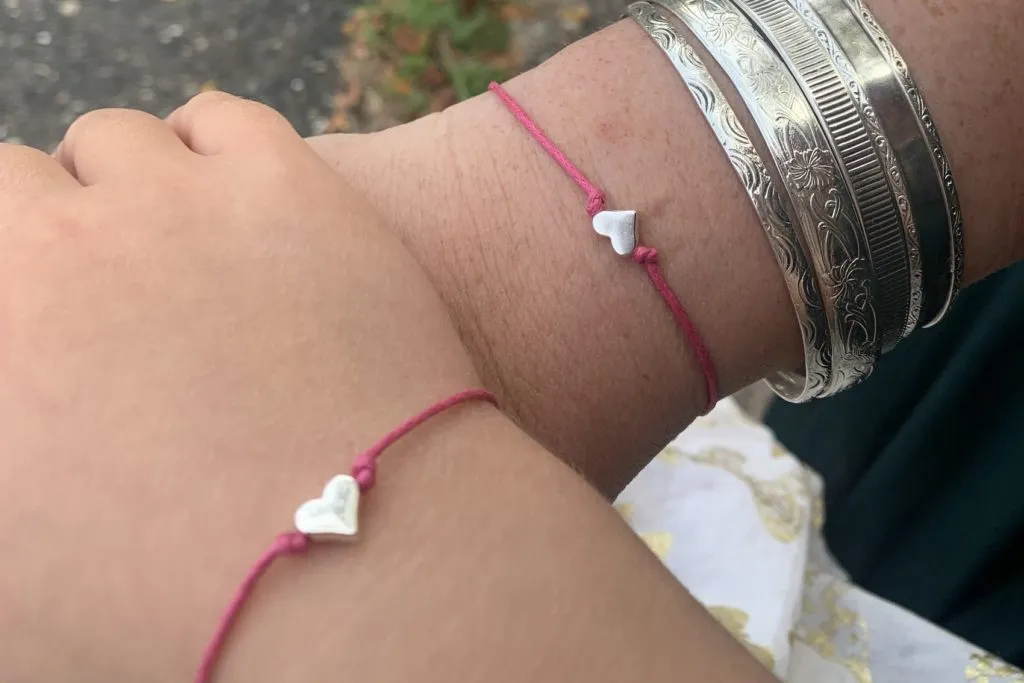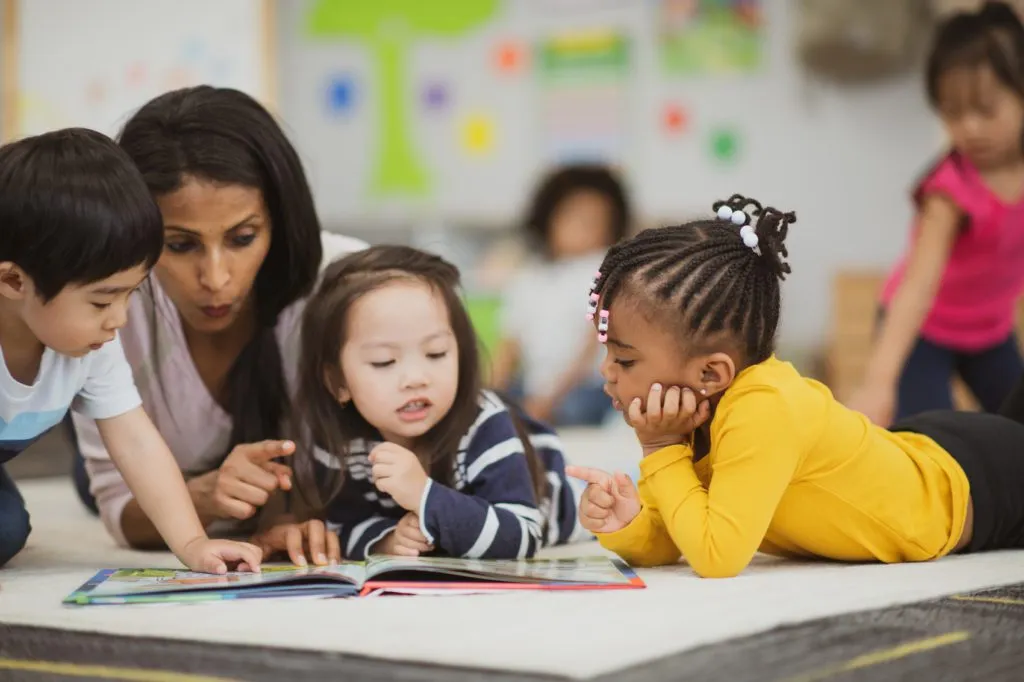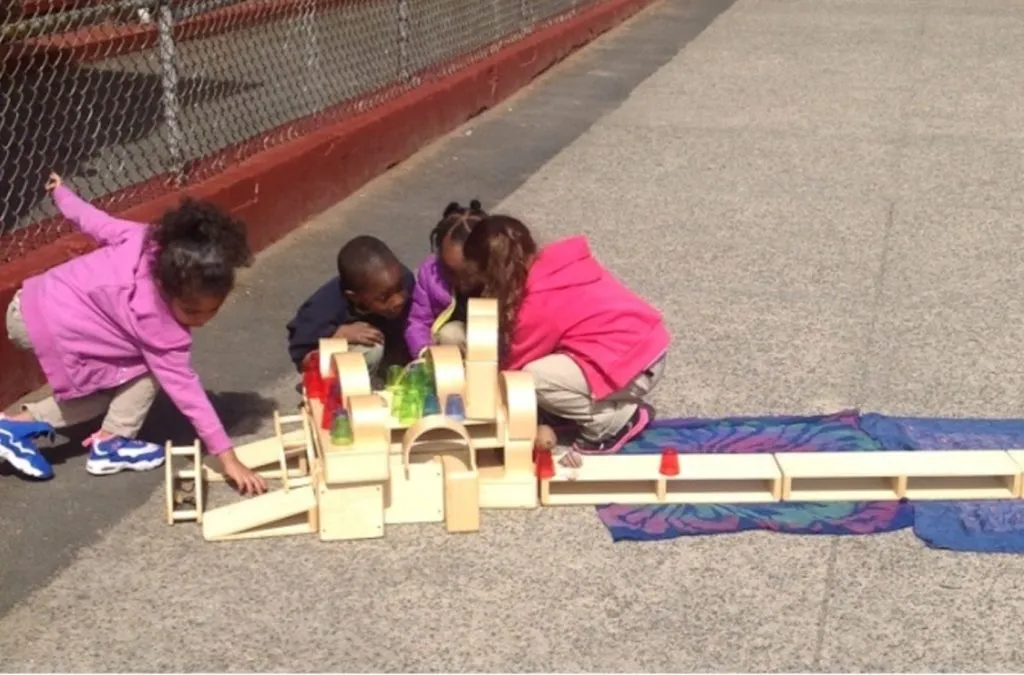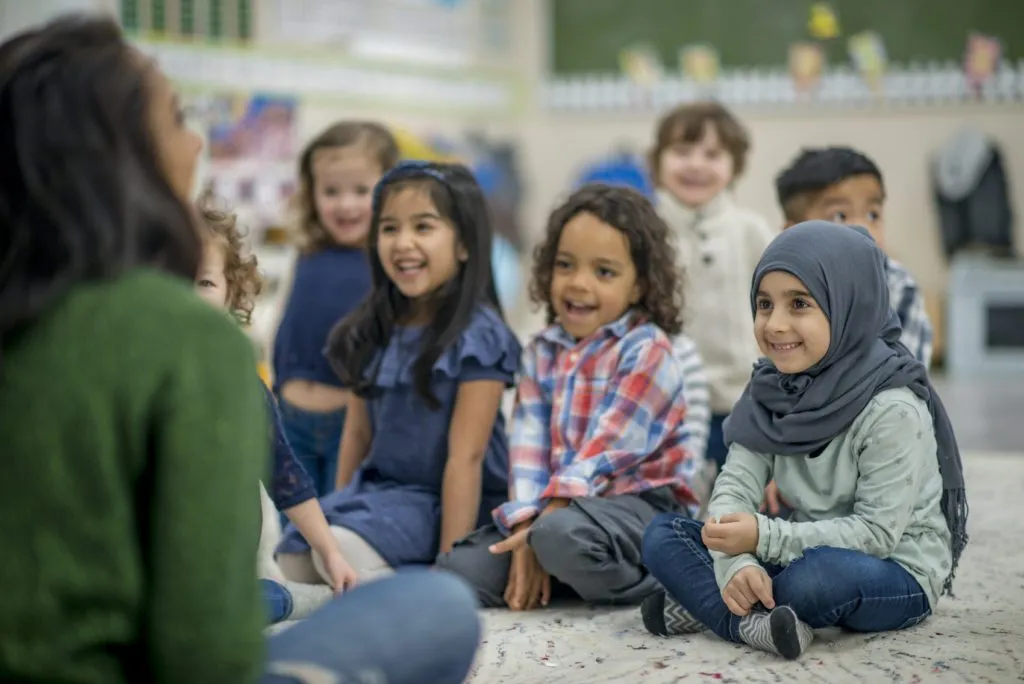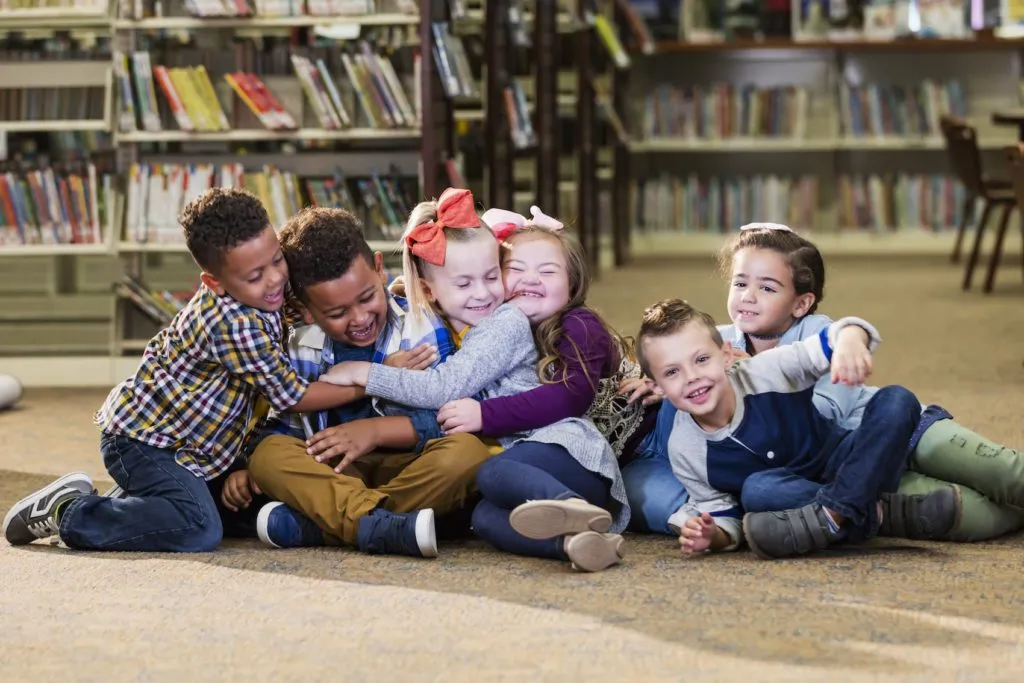Educating the Whole Child: Writing Instruction

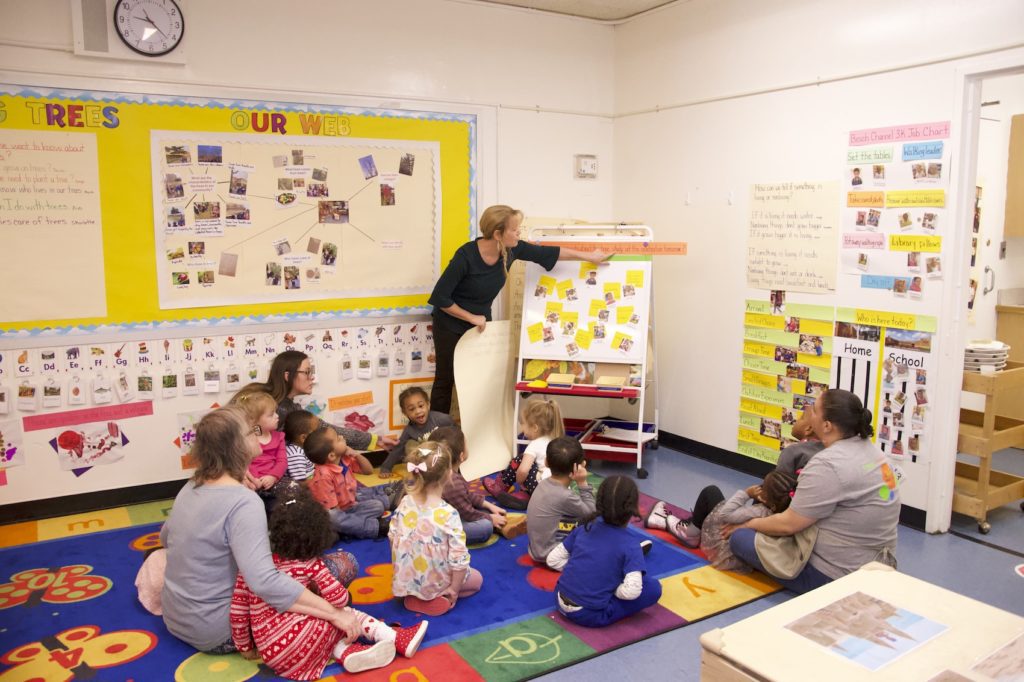
In my many years of supporting early childhood educators as they implement a whole-child curriculum, I have heard more than one teacher express concern that such a pedagogy will miss the “reading, writing, and arithmetic” children need to be “school ready.” I understand where this concern comes from. We all deeply care about children and would never want to send them to the next stage unprepared for the challenges that await them there. However, teachers can take heart that the whole-child approach in The Creative Curriculum for Preschool not only incorporates but celebrates children’s writing and offers many opportunities every day for children to practice their skills, both with and without teacher support.
Plan a Variety of Writing Experiences
Just as children learn most other skills, writing is made easiest for them when it is embedded into their daily experiences in meaningful ways. Teachers should plan for a balance of teacher-directed and child-led experiences throughout the day. When teachers model and discuss using writing as a strategy to help accomplish other important classroom tasks, children come to see writing as a tool they can use to communicate information and express ideas.
Consider these ideas for embedding writing into everyday experiences.
- Offer children many opportunities to write their names independently, such as when taking attendance, when signing up on a “waiting list” for an interest area, or to indicate ownership of a drawing or writing sample.
- Model for children how to make a list as a strategy for remembering and documenting. Encourage children to make their own lists when appropriate.
- Invite children to create signs with words for the classroom or outdoor area that indicate instructions or expectations (e.g., Stop for a bike path, Do Not Touch for the classroom pet cage).
- Provide individual journals for each child and remind children to use them for documenting learning during free choice time and/or investigations (e.g., documenting a visit from an expert on the study topic).
Feature Daily Shared Writing
The Creative Curriculum for Preschool offers support for teachers to use modeled, shared, interactive, and independent writing experiences for children. Shared writing in particular is featured each day in large group in the Teaching Guides because of the impact that seeing their ideas written by a trusted adult has on children. Shared writing also allows teachers to explore a range of literacy objectives while demonstrating writing as a meaningful tool.
Writing in the Environment
In addition to planning meaningful, teacher-directed writing experiences, teachers should also plan the physical environment to encourage child-led writing opportunities. In The Creative Curriculum classroom, the Library area will be well-equipped with a variety of writing utensils, papers, and writing samples for children to use as they make cards and books, write letters to peers, and dictate their drawings. However, writing can be featured throughout the classroom environment in many other ways.
Consider some of these ways to include writing in other areas in your classroom.
- Keep notepads and pencils in the Dramatic Play area so children can imitate writing they’ve seen, such as a server at a restaurant taking orders or a tailor writing down measurements.
- Supply graph paper in the Block area for children to use to create “blueprints” as they plan out their constructions.
- In the Sand and Water area, provide a laminated T-chart and dry-erase markers so children can document their findings as they test items to see what will sink or float.
- Stock the Discovery area with journals the children can use to record their observations.
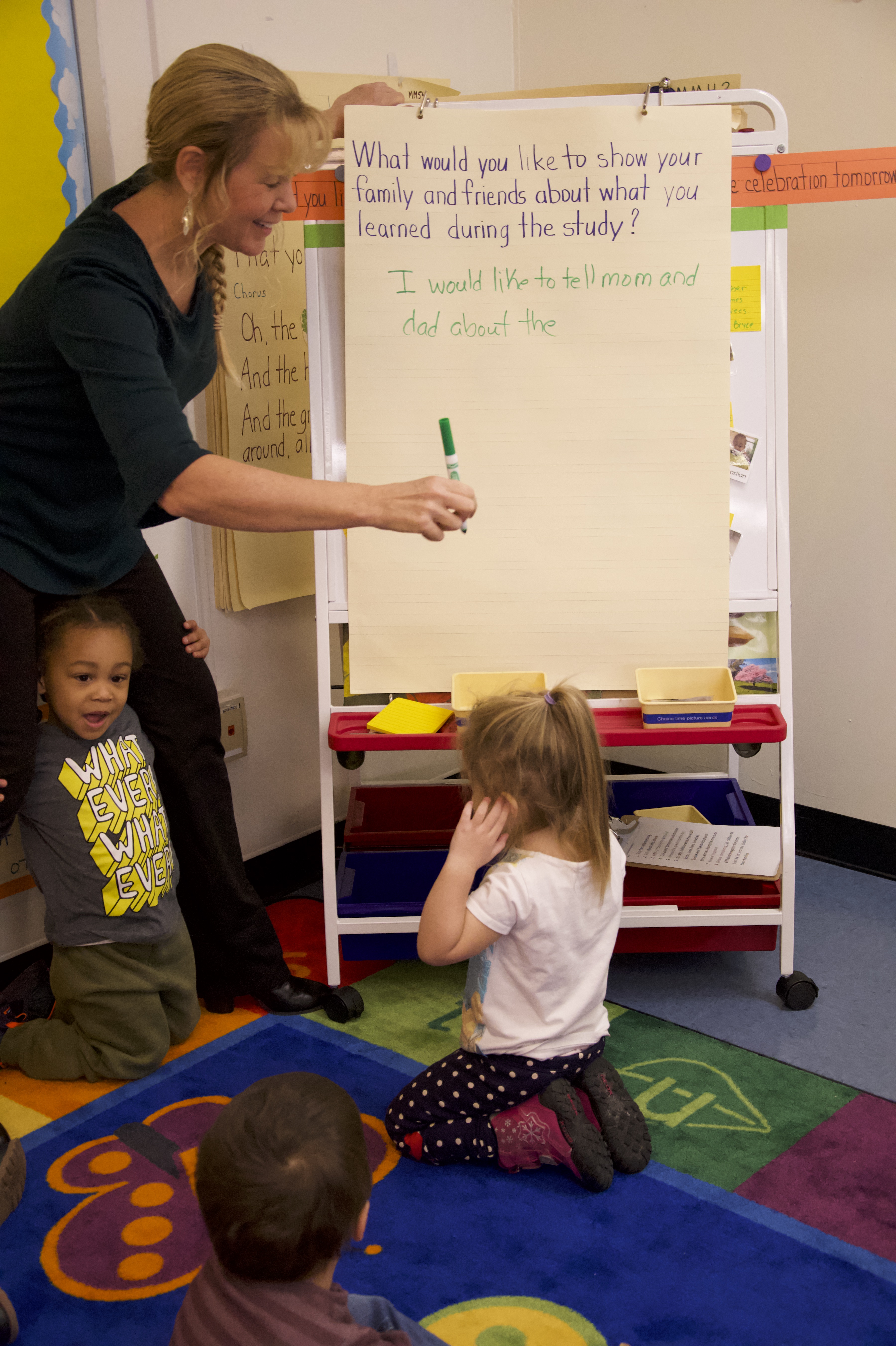 Remember that when implementing any of these strategies or supports, children are coming to your classroom with a wide range of writing knowledge and skills. This means that teachers must be prepared to meet children where their abilities are and scaffold their development to the next level. To support this need, the strategies built into The Creative Curriculum for Preschool are open-ended and easily differentiated. For example, during a shared writing experience, a teacher could focus on simple name recognition or a more advanced skill such as asking children to name the letter they hear at the beginning of the word.
Remember that when implementing any of these strategies or supports, children are coming to your classroom with a wide range of writing knowledge and skills. This means that teachers must be prepared to meet children where their abilities are and scaffold their development to the next level. To support this need, the strategies built into The Creative Curriculum for Preschool are open-ended and easily differentiated. For example, during a shared writing experience, a teacher could focus on simple name recognition or a more advanced skill such as asking children to name the letter they hear at the beginning of the word.
When the classroom environment incorporates writing in meaningful ways throughout the day, children will have many opportunities to build their skills with appropriate teacher scaffolding. With a little planning, there are dozens of writing experiences The Creative Curriculum classroom can offer children each day. For more ideas, teachers can explore the Guided Edition of The Creative Curriculum for Preschool, Volume 4: Language & Literacy.

An Early Childhood Educator’s Guide to a Whole-Child Approach
For everything you need to know about the whole-child approach, download our free eBook today.
